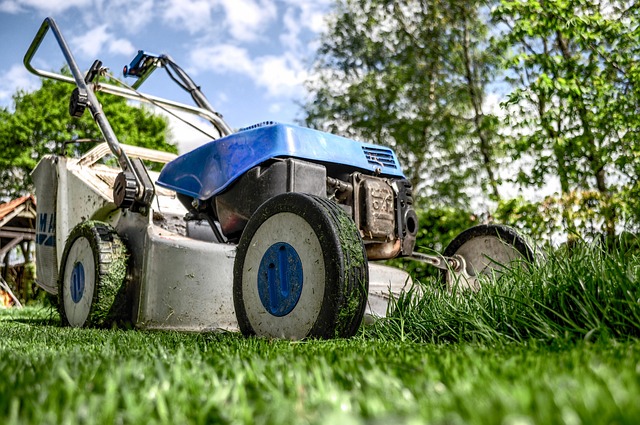Proper Yard Waste Removal and Recycling is essential for both environmental sustainability and clean living spaces. Different yard waste types have varying impacts on the environment; effective management practices like composting and dedicated collection services reduce landfill strain, conserve resources, and create nutrient-rich soil amendments. Implementing simple strategies, such as separate containers and organized schedules, streamlines the process. Encouraging recycling and home composting reduces waste sent to landfills, saves costs for homeowners, and minimizes their carbon footprint, fostering sustainability in Yard Waste Management and contributing to cleaner, greener communities.
Tired of juggling yard waste disposal? This guide simplifies the process, offering insights into understanding and managing your yard clippings effectively. From identifying various types of yard waste and their environmental impact to straightforward steps for efficient removal, we provide practical tips for a greener approach. Moreover, discover the advantages of recycling at home, transforming waste into valuable resources. Master simple techniques for eco-friendly Yard Waste Removal and Recycling, ensuring a sustainable and satisfying experience for your outdoor spaces.
- Understanding Yard Waste: Types and Their Impact
- Simple Steps for Effective Yard Waste Disposal
- The Benefits of Recycling Yard Waste at Home
Understanding Yard Waste: Types and Their Impact

Yard waste, encompassing a range of organic materials from lawn clippings and garden trimmings to leaves and wood chips, is an integral part of residential maintenance. However, proper management of yard waste is essential for both environmental sustainability and maintaining a clean, healthy living space. Different types of yard waste have distinct impacts; for instance, leaving grass clippings on the lawn can provide natural nitrogen, while improperly disposed of leaves can lead to water quality issues due to their high nutrient content.
Effective yard waste removal and recycling practices mitigate these challenges. Recycling yard materials reduces the strain on landfills and conserves resources. Simple measures like composting kitchen scraps with garden waste create nutrient-rich soil amendments, fostering a sustainable garden ecosystem. Additionally, many communities offer dedicated yard waste collection services, encouraging residents to separate and dispose of these materials responsibly, thereby contributing to a greener environment.
Simple Steps for Effective Yard Waste Disposal

Implementing simple yet effective strategies for yard waste disposal can significantly contribute to a greener environment. Start by creating separate containers or bins for different types of waste, such as organic materials, recyclables, and trash. Organize a regular collection schedule for each category, ensuring proper segregation at source. This systematic approach streamlines the entire process, making it convenient for both residents and local waste management services.
Encourage recycling and composting practices to reduce the volume of yard waste ending up in landfills. Organic materials like grass clippings, leaves, and food scraps can be composted, creating nutrient-rich soil amendments for gardens and landscapes. For non-recyclable items, explore local waste reduction programs or community-based initiatives that promote creative reuses and upcycling, further enhancing the sustainability of yard waste disposal.
The Benefits of Recycling Yard Waste at Home

Recycling yard waste at home is an eco-friendly practice that goes beyond simply reducing landfill waste. By composting or repurposing materials like leaves, grass clippings, and garden trimmings, homeowners can create nutrient-rich soil amendments for their gardens. This not only cuts down on Yard Waste Removal costs but also fosters a healthier, more sustainable environment.
Moreover, it diminishes the carbon footprint associated with traditional yard waste disposal methods. Instead of relying on trucks to transport waste to landfills, recycling at home promotes a circular system where organic materials are broken down naturally, reducing greenhouse gas emissions. This simple step empowers individuals to take control of their environmental impact and contribute to a cleaner, greener community.
By understanding the types of yard waste and their environmental impact, implementing simple disposal methods, and embracing home recycling practices, individuals can significantly contribute to sustainable yard waste removal. These strategies not only reduce landfill contributions but also foster a healthier, more vibrant local ecosystem. Incorporating these habits is easier than you think, making it a beneficial and rewarding experience for both the environment and your community.
